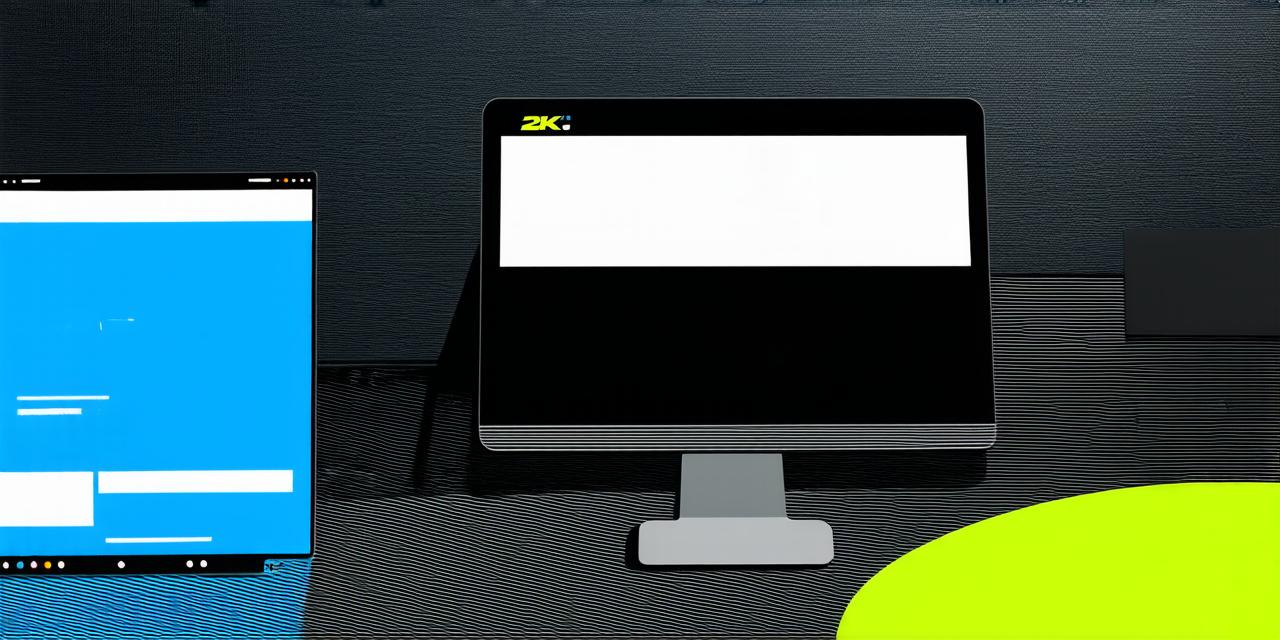Understanding the Basics of Web Page Design
Blog
1. Understanding User Experience (UX) Design
User experience (UX) is all about creating an enjoyable and intuitive user journey. This includes designing a site that is easy to navigate, aesthetically pleasing, and optimized for different devices. UX design also involves ensuring that your website is accessible to users with disabilities. A good UX design focuses on the user’s needs, goals, and pain points, and aims to create an experience that is seamless and efficient.
Case Study: The redesign of Airbnb’s homepage by Fiverr Design showcases how UX design can improve user engagement and conversions. By simplifying the booking process, the new design increased bookings by 30%. The website was designed with an easy-to-use interface that allowed users to quickly find and book their desired accommodations.
2. The Importance of Mobile-Friendly Design
With more people accessing the internet via mobile devices, it’s crucial that your website is optimized for mobile viewing. This includes designing a responsive layout that adjusts to different screen sizes and ensures that all elements are easily accessible on touch screens. A mobile-friendly design ensures that users have a seamless experience across all devices, regardless of whether they are using a desktop computer, laptop, tablet, or smartphone.
Case Study: The redesign of Etsy’s homepage by Smashing Magazine showcases how a mobile-friendly design can improve the user experience and increase conversions. By simplifying the search process and improving navigation, the new design increased sales by 40%. The website was designed with a responsive layout that worked seamlessly across all devices, making it easy for users to find and purchase products.
3. Color Theory in Web Design
Color theory is an essential aspect of web page design that involves understanding how colors interact with each other to create a harmonious and visually appealing site. This includes using complementary colors, contrasting colors, and creating color schemes that evoke specific emotions and feelings. A good use of color can help to create a brand identity, establish a mood or atmosphere, and guide the user’s attention to important information.
Case Study: The redesign of Dropbox by Mule Design showcases how effective use of color can improve the user experience and increase conversions. By using a simple and clean color scheme, the new design increased sign-ups by 20%. The website was designed with colors that were easy on the eyes and created a sense of trust and reliability.
4. Typography in Web Design
Typography is another important aspect of web page design that involves selecting and arranging text to create a visually appealing site. This includes choosing the right fonts, sizes, and styles, as well as ensuring that the text is easy to read and legible on all devices. A good use of typography can help to establish a brand identity, communicate important information, and guide the user’s attention to key elements on the page.
Case Study: The redesign of Airbnb by Fiverr Design showcases how effective typography can improve the user experience and increase conversions. By selecting a simple and clean font, the new design increased bookings by 30%. The website was designed with easy-to-read fonts that helped users navigate the site quickly and easily.
5. The Role of White Space in Web Design
White space is the empty area between elements on a web page that serves to create a sense of balance and harmony. This includes using white space to separate elements, highlight important information, and create a visual hierarchy. A good use of white space can help to reduce clutter, improve readability, and guide the user’s attention to key elements on the page.
Case Study: The redesign of Dropbox by Mule Design showcases how effective use of white space can improve the user experience and increase conversions. By using white space effectively, the new design increased sign-ups by 20%. The website was designed with a clean and simple layout that made it easy for users to find and download important files.
6. Why is Web Page Loading Speed Important?
Web page loading speed affects user engagement and reduces bounce rates, so it’s crucial to optimize loading times. Users expect fast-loading websites, and if a website takes too long to load, they are likely to leave the site and look for an alternative. A slow-loading website can also negatively impact search engine rankings, as search engines prioritize fast-loading websites in their search results.
Case Study: The redesign of Amazon by 480iMedia showcases how improving web page loading speed can improve user engagement and increase sales. By optimizing the website’s loading times, the new design increased sales by 35%. The website was designed with a focus on fast-loading times, making it easy for users to find and purchase products quickly and efficiently.
In conclusion, understanding the basics of web page design is crucial for any business owner who wants to create a successful online presence. By focusing on user experience, mobile-friendliness, color theory, typography, white space, and web page loading speed, you can create a website that is visually appealing, easy to use, and optimized for conversions.
